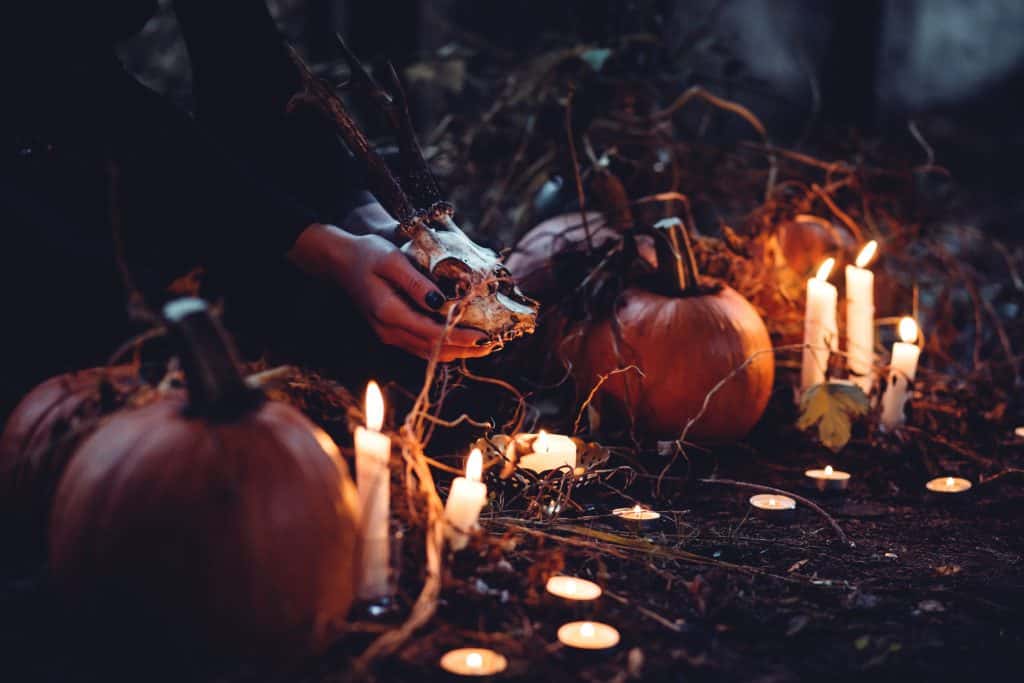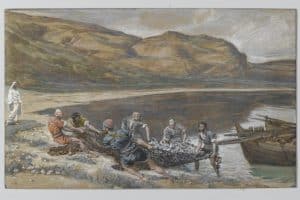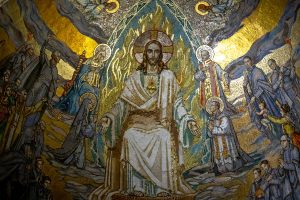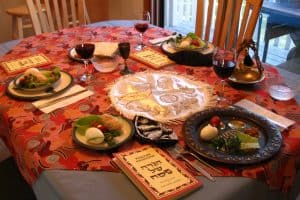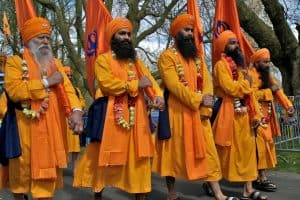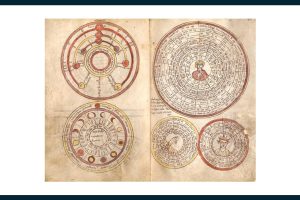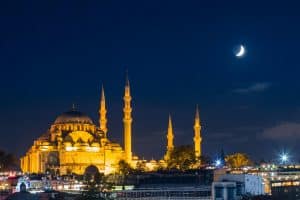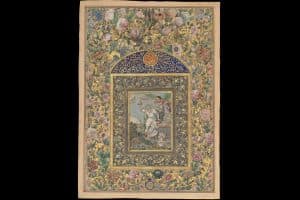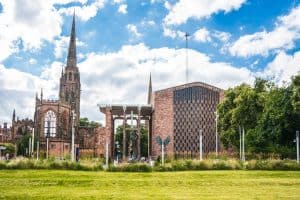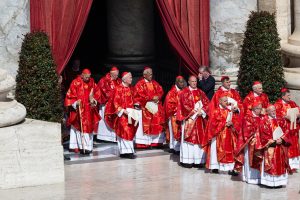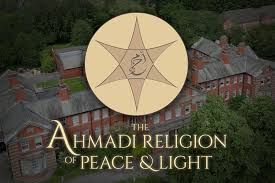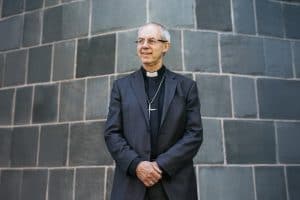By Jennifer Uzzell
Samhain is a pagan festival celebrated around the same time as Halloween which marks the end of the summer, and is particularly associated with the veneration of ancestors.
What is Samhain?
Samhain is one of the eight festivals associated with the Wheel of the Year and is followed by many, but by no means all, modern Pagans.
It is generally celebrated on or about 31 October, at the time of the Christian festival of Halloween, or on 1 or 2 November. The name means “summer’s end” and was the name of a Celtic agricultural festival when the cattle would return from the higher pastures. The livestock would also have been culled to ensure the strongest survived winter, and to ensure a reliable food supply.
What is the Wheel of the Year?
The Wheel of the Year comprises four solar festivals marking the Winter Solstice (21 December), the Spring Equinox (21 March), the Summer Solstice (21 June), and the Autumn Equinox (21 September).
These are separated by four “fire festivals” that are probably connected to the ancient farming year. They are Imbolc (2 February), Beltane (1 May) Lughnasadh (2 August) and Samhain (2 November, although some Pagans celebrate it on 31 October to coincide with the Christian festival of Halloween). All dates are approximate.
The Wheel of the Year was devised in its current form by Ross Nichols – the founder of the Order of Bards, Ovates and Druids – and Gerald Gardner – the founder of modern Wiccan religion – in the middle of the 20th century.
Many Pagans believe that Samhain marks the Celtic new year and some mark this as the ritual beginning of their year.
Is Samhain a celebration of evil?
In Paganism, Samhain has no association with evil. Some Pagans believe that Samhain was originally associated with the dead and the veneration of ancestors by the pre-Christian Celts. They believe that aspects of the festival were assimilated into Christianity, where All Souls’ Day was given over to the veneration of martyrs.
Many see customs such as “trick or treat” as deriving from Pagan practices designed to drive away evil spirits or unwelcome ghosts, or to temporarily invite departed family members back into the family. There is, in fact, no evidence to support this, and it is more likely that Pagans have adapted a Christian festival into their practice.
What happens during Samhain?
For Pagans, Samhain is a time for remembering and honouring the ancestors. These could be known family members who have died, or a more generalised idea of unknown ancestors stretching into the past. Ancestors may be of blood, of place, or of tradition (which might include figures such as Gerald Gardner or Ross Nichols for some Pagans).
Gardner (1884-1964) was instrumental in bringing the contemporary Pagan religion to public attention, writing some of its definitive religious texts. His friend, Nichols (1902-75), a Cambridge academic and poet, artist and historian, founded the Order of Bards, Ovates and Druids in 1964 and wrote many texts on Druidism and Celtic mythology.
Samhain is also traditionally associated with divination, with Pagans using various methods including tarot cards, oracle cards, runes and ogham to gain wisdom and insight into the coming year.
Some Pagans have an ancestor altar in their home, which may have pictures of deceased family members, or objects that belonged to them; objects representing more ancient ancestors, and candles or incense. During Samhain, they may pay particular attention to this altar.
Pagans might hold silent feasts at this time. A meal that is held in silence and sometimes eaten in reverse order (beginning with dessert) and at which an empty place is laid for the dead. They might also hold memorial services. These might be held within a family, or in public ritual.
These may be held in significant places such as Avebury stone circle in Wiltshire. Often, at Samhain, the names of people who have died during the year are read out in the circle (many Pagan rituals are held within a sacred circle) so that they are honoured and remembered. They may be offered things such as salt, bread, honey and mead, which are usually placed in a fire.
Open rituals at Samhain may also aim to help people engage with their own mortality, perhaps through “meeting” death, or a deity associated with death, during ritual.
What events are held at Samhain?
There are a number of popular public events associated with Samhain. While these are not Pagan as such, they have a Pagan “flavour” and are attended by many Pagans of various traditions. One such is the “Dark Gathering” or “All Hallows” gathering in Boscastle, Cornwall, which centres on the witchcraft museum.
At the other end of Britain, is the Samhuinn Fire Festival organised on Calton Hill in Edinburgh every year by the Beltane Fire Society. This is a dramatic and spectacular performance in which Winter Kings and Summer Kings do battle, overseen by the Cailleach, a hag-like figure associated with Scottish and Welsh folklore.
In Wales, and the Welsh borders particularly, a popular folk custom involves the Mari Lwyd (grey mare), a horse’s skull on a pole surrounded by a white cape, concealing the operator. The Mari is accompanied by an ostler, who speaks for her. Starting from Halloween and continuing to around the wassailing festivals in February, the Mari goes from house to house (or pub to pub) demanding entry. There is a ritual poetic contest between the householder and the ostler, after which the Mari is admitted and proceeds to cause chaos. It is given food and drink and in turn brings blessings and good fortune for the coming year. While this is not a Pagan custom as such (the earliest evidence for it dates to the mid 19th century) it has fitted very well into Pagan Samhain customs and there are many Pagan ostlers.
Jennifer Uzzell is a doctoral researcher at Durham University and education and youth manager at the Pagan Federation
Useful links
The Beltane Fire Society and the Samhuinn Fire Festival
The Mari Lwyd
The Dark Gathering or All Hallows Gathering
BBC Samhain information
Samhain page on Wikipedia
The Pagan Federation

